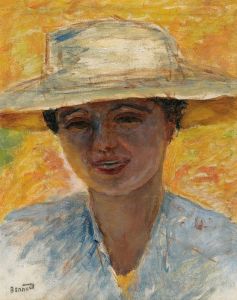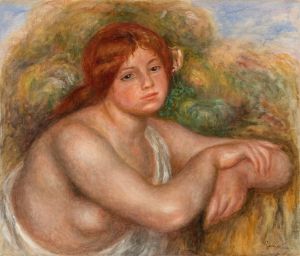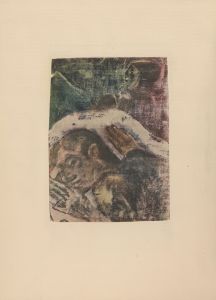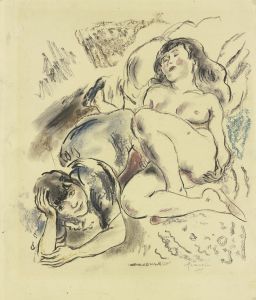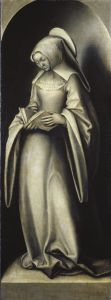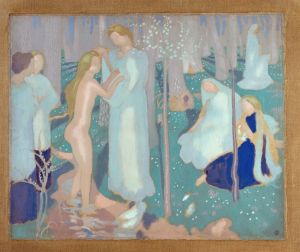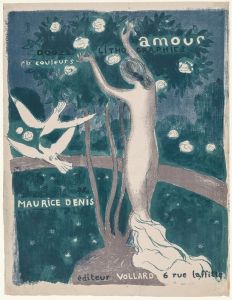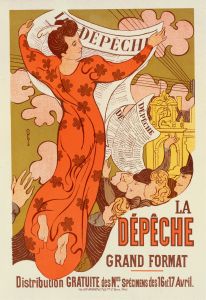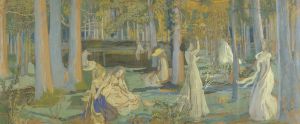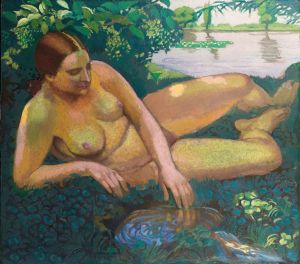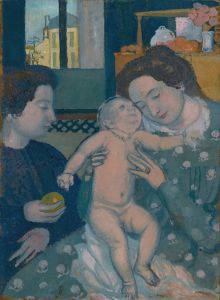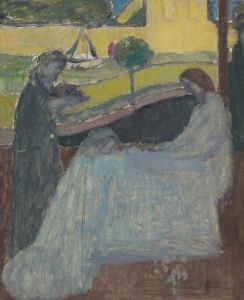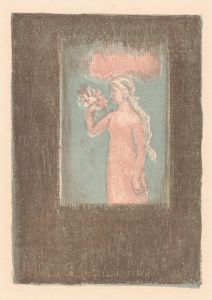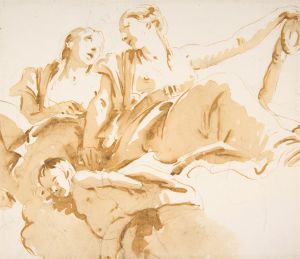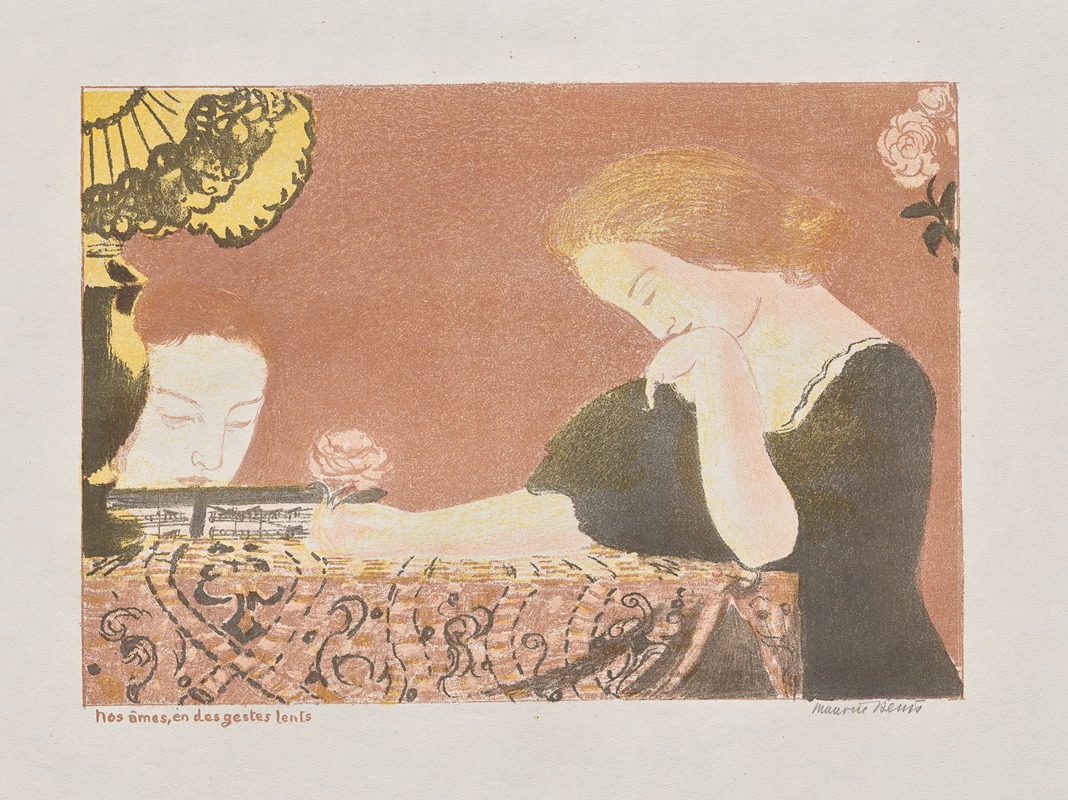
Our Souls, in Languorous Gestures
A hand-painted replica of Maurice Denis’s masterpiece Our Souls, in Languorous Gestures, meticulously crafted by professional artists to capture the true essence of the original. Each piece is created with museum-quality canvas and rare mineral pigments, carefully painted by experienced artists with delicate brushstrokes and rich, layered colors to perfectly recreate the texture of the original artwork. Unlike machine-printed reproductions, this hand-painted version brings the painting to life, infused with the artist’s emotions and skill in every stroke. Whether for personal collection or home decoration, it instantly elevates the artistic atmosphere of any space.
Maurice Denis's painting "Our Souls, in Languorous Gestures" is a notable work from the late 19th century, reflecting the artist's involvement with the Symbolist movement and his association with the Nabis group. Denis, a French painter, was instrumental in the development of modern art, and his works often explore themes of spirituality, emotion, and the synthesis of form and color.
"Our Souls, in Languorous Gestures" was created in 1893, a period when Denis was deeply engaged with the idea of capturing the spiritual and emotional essence of his subjects. The painting exemplifies Denis's belief that a painting should be more than just a representation of the physical world; it should convey deeper meanings and emotions. This philosophy is encapsulated in his famous statement, "Remember that a picture, before being a battle horse, a nude woman, or some anecdote, is essentially a flat surface covered with colors assembled in a certain order."
The painting features a group of figures, often interpreted as ethereal or otherworldly, engaged in a series of graceful, flowing movements. The title itself suggests a sense of introspection and emotional depth, inviting viewers to consider the inner lives and spiritual states of the figures depicted. Denis's use of color and form in this work is characteristic of his style, with a focus on harmonious compositions and a palette that emphasizes soft, muted tones.
Denis was a founding member of the Nabis, a group of avant-garde artists who sought to break away from the naturalism and realism that dominated the art world at the time. The Nabis were influenced by Symbolism, a movement that emphasized the expression of ideas and emotions over realistic representation. In "Our Souls, in Languorous Gestures," Denis employs Symbolist techniques to create an atmosphere of mystery and contemplation, encouraging viewers to engage with the painting on a more intuitive and emotional level.
The painting also reflects Denis's interest in religious and spiritual themes, which were central to much of his work. Raised in a devout Catholic family, Denis often incorporated religious symbolism and iconography into his paintings. While "Our Souls, in Languorous Gestures" does not depict overtly religious imagery, its exploration of the soul and the intangible aspects of human experience can be seen as an extension of Denis's spiritual concerns.
Maurice Denis's contributions to the art world extend beyond his paintings. He was also an influential art theorist and writer, and his ideas about the role of the artist and the purpose of art have had a lasting impact on modern art. His work with the Nabis and his exploration of Symbolism helped pave the way for later movements such as Fauvism and Cubism, which further challenged traditional notions of representation and artistic expression.
"Our Souls, in Languorous Gestures" remains an important example of Denis's artistic vision and his commitment to exploring the deeper, often unseen aspects of human experience. Through his innovative use of color, form, and symbolism, Denis invites viewers to look beyond the surface and consider the emotional and spiritual dimensions of his work.





